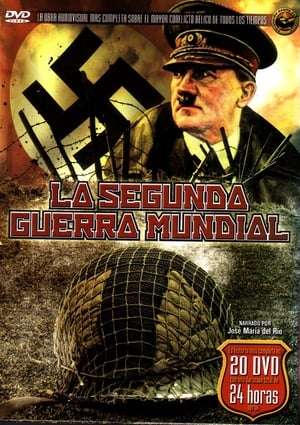Wildest Places
Wildest Places is a 12-part television documentary series exploring some of the most incredible natural habitats on the planet and an extraordinarily diverse range of wildlife. With series titled Wildest Pacific, Wildest Antarctica and Wildest Australia, it includes amazing never-before-seen footage filmed over more than 10 years. Wildest Places is a visual feast that showcases astonishing aspects of animal life in an untamed world and features rarely captured animal behaviours in remote habitats.
Type: tv
Season: 3
Episode: N/A
Duration: 52 minutes
Release: 2019-02-26
Rating: 10


















